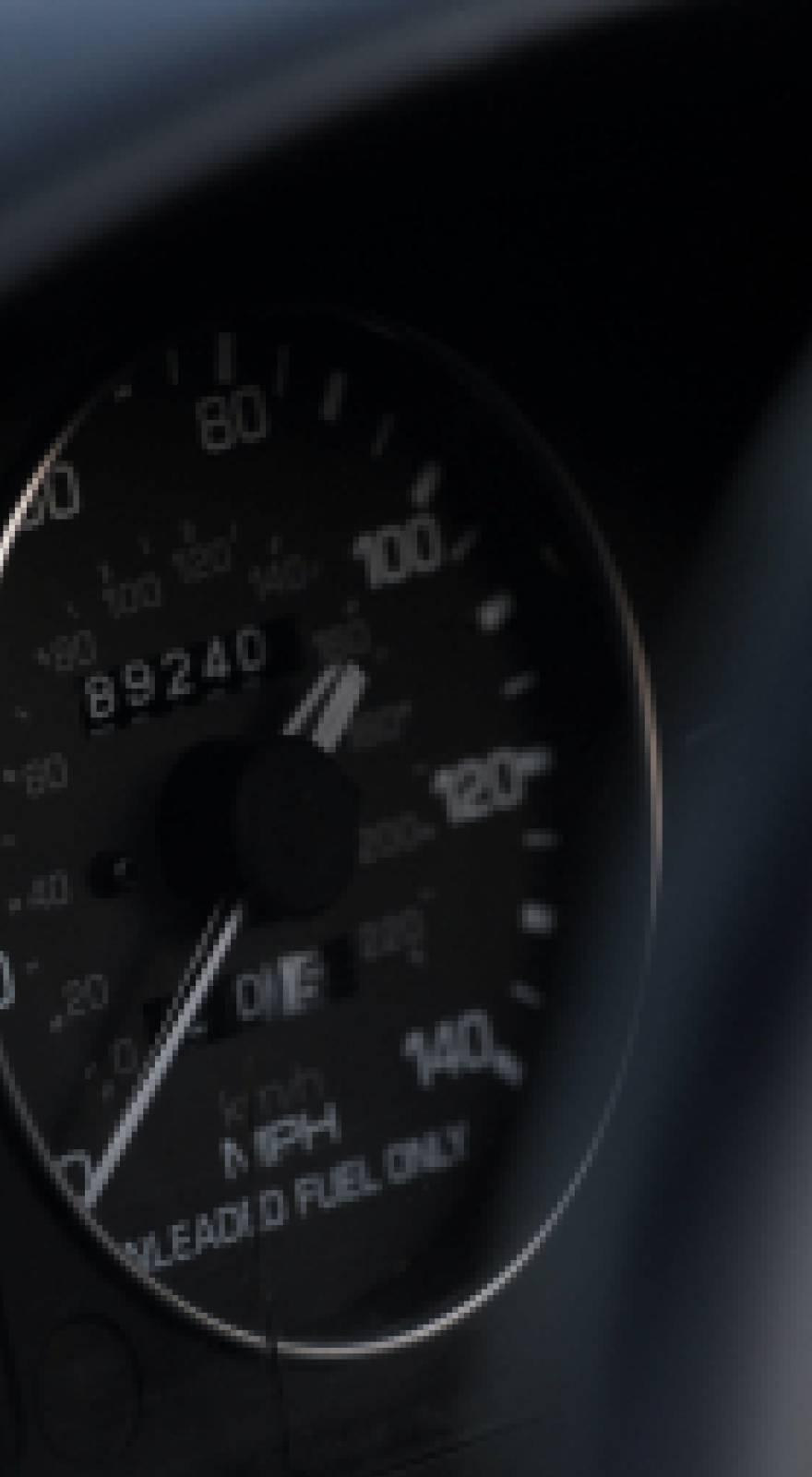Knowde Enhanced TDS
Identification & Functionality
- Chemical Family
- Fillers Included
- Polymer Name
- Plastics & Elastomers Functions
- Technologies
- Product Families
Features & Benefits
- Materials Features
- Key Features
- Low Wear And Friction
- High Strength
- Low Coefficient Of Friction
- Good Self - Lubrication
- Wear Resistance
- Corrosion Resistance
- High Mechanical Strength
- High Temperature Resistance
- Chemical Corrosion Resistance
- Benefits and Advantage
- The Corrosion Resistance Of Water And Glycol At 150°C, Good Mechanical Properties, Good Dimensional Stability, Short-Term Resistance In High Temperature Above 200 Deg
- Good Fluidity, Can Withstand High Pressure, Working Temperature Range Wide -40 ~140°C, Can Be Two Times Of Injection.
- Precision Molding, Flame Retardant, Good Electrical Performance, Heat Shock, Excellent Thermosetting Resin And Ceramic Substitute Materials, Easy Molding Processing.
- In The Infrared Spectrum And Lead-Free Reflow Soldering Temperature Stability, High Cost, Ul 94 V-0 Flame Retardant Grade, Good Fluidity, Creep Resistance, Good Dimentional Stability.
- Ul 94 V-0 Flame Retardant Grade, Good Mobility, Weld Line Strength Is Better Than Lcp, High Modulus, Good Electrical Performance, Short Processing Cycle, Creep Resistance Can Be Good, Excellent Metal And Ceramic Alternative Materials.
- High Temperature Resistant , Chemical Corrosion Resistance, Water Resistance, Easy Molding Processing.
- Good Dimensional Stability, Good Thermal Stability, Hydrolytic Stability, Chemical Corrosion Resistance, Can Insert Molding, Used In High And Low Temperature Can Ensure High Mechanical Propeties, Easy Processing, Good Material Substitute Of Metal And Ceramics
Applications & Uses
- Applications
- Plastics & Elastomers End Uses
- Plastics & Elastomers Processing Methods
- Typical Applications
Can be used in the production of gear, bearing, slide and low friction coefficient, low friction consumption
Properties
- Mechanical Properties
- Thermal Properties
- Typical Properties
- Electrical Properties
- Processing Parameters
| Value | Units | Test Method / Conditions | |
| Tensile Strength | 155 | mPa | ISO 527 |
| Elongation at Break | 1.3 | % | ISO 527 |
| Flexural Modulus | 15 | GPa | ISO 178 |
| Flexural Strength | 240 | mPa | ISO178 |
| Charpy Impact Strength (V-notched) | 9 | kJ/m² | IS0 179 |
| Value | Units | Test Method / Conditions | |
| Melting temperature (10°C/min) | 280 | °C | ISO 11357 |
| Heat Deflection Tem p High Load (1.8MPa) | 260 | °C | ISO 75 |
| Flammability | V-0 | class | UL-94 |
| Value | Units | Test Method / Conditions | |
| Density | 1770 | kg/m³ | ISO 1183 |
| Mold shrinkage (Machine Direction) | 0.3 | % | GB/T 15585 |
| Mold shrinkage (Transverse Direction) | 0.7 | % | GB/T 15585 |
| Water Absorption (23°C-sat) | 0.03 | % | ISO 62 |
| Value | Units | Test Method / Conditions | |
| Dielectric Strength | 16 | KV/mm | IEC 60243 |
| Dielectric Constant | 4.2 | — | IEC 60250 |
| Dissipation Factor | 0.002 | — | IEC 60250 |
| Volume Resistivity | 2×10^15 | Ω.cm | IEC 60093 |
| CTI | 150 | V | IEC 60112 |
| Value | Units | Test Method / Conditions | |
| Drying at 3h | 150 | °C | — |
| Injection Pressure | 30~100 | mPa | — |
| Injection Molding Melt Temperature | 290~330 | °C | ISO 294 |
| Injection Molding Melt Temperature | 120~160 | °C | ISO 294 |
| Limit in-cylinder retention time at 300°C | min. 60 | — | — |
| Limit in-cylinder retention time at 300°C | min. 35 | — | — |
| Limit in-cylinder retention time at 300°C | min. 72 | — | — |

